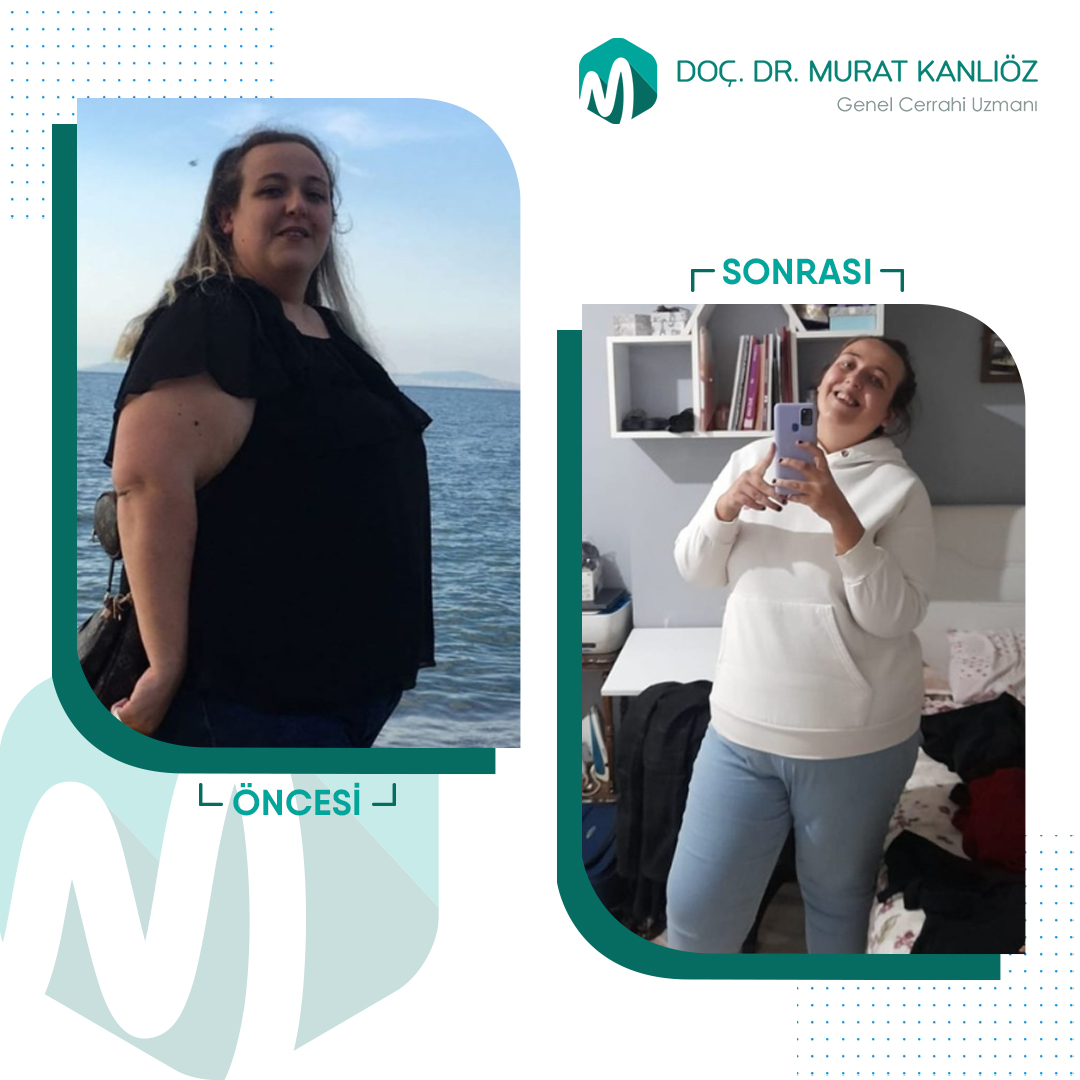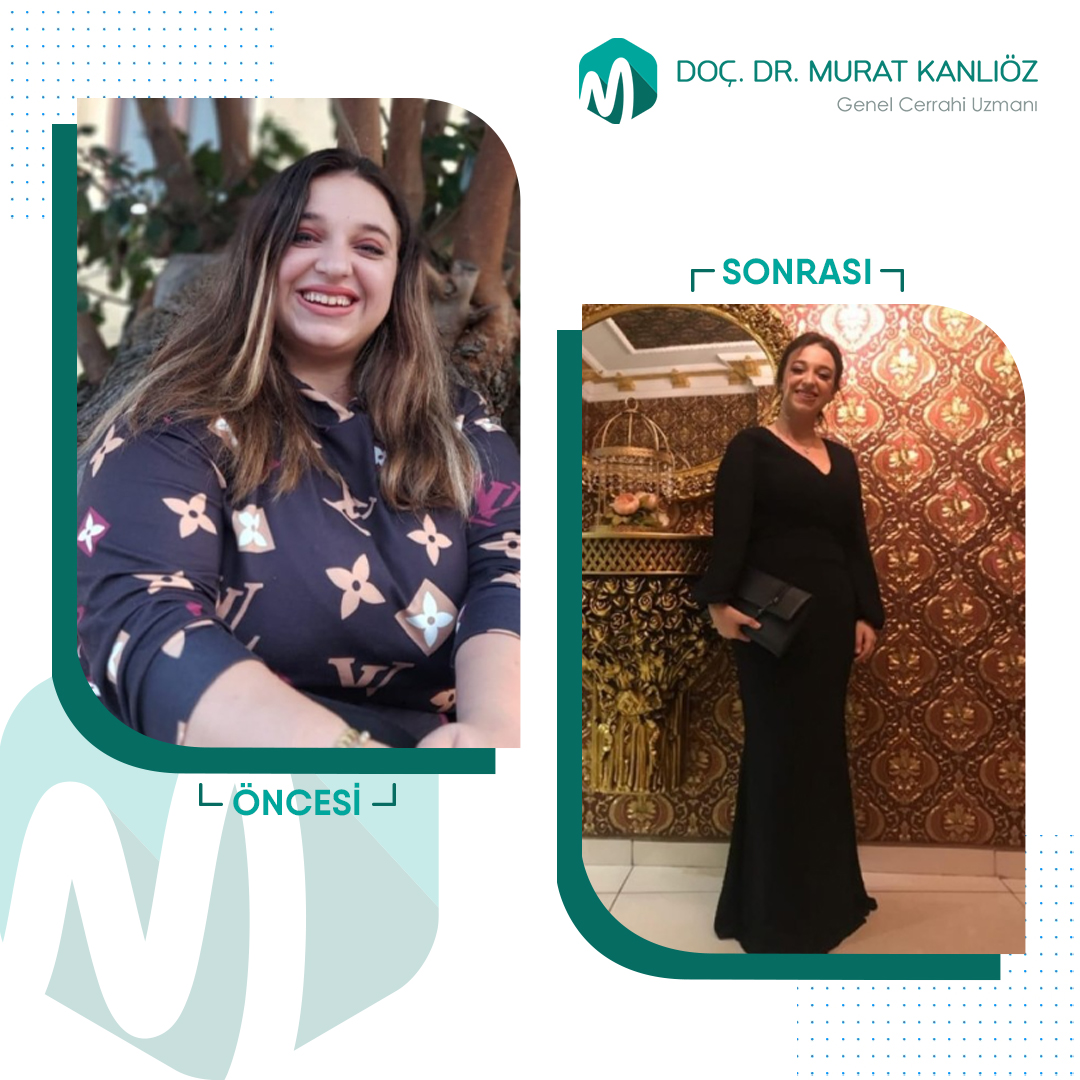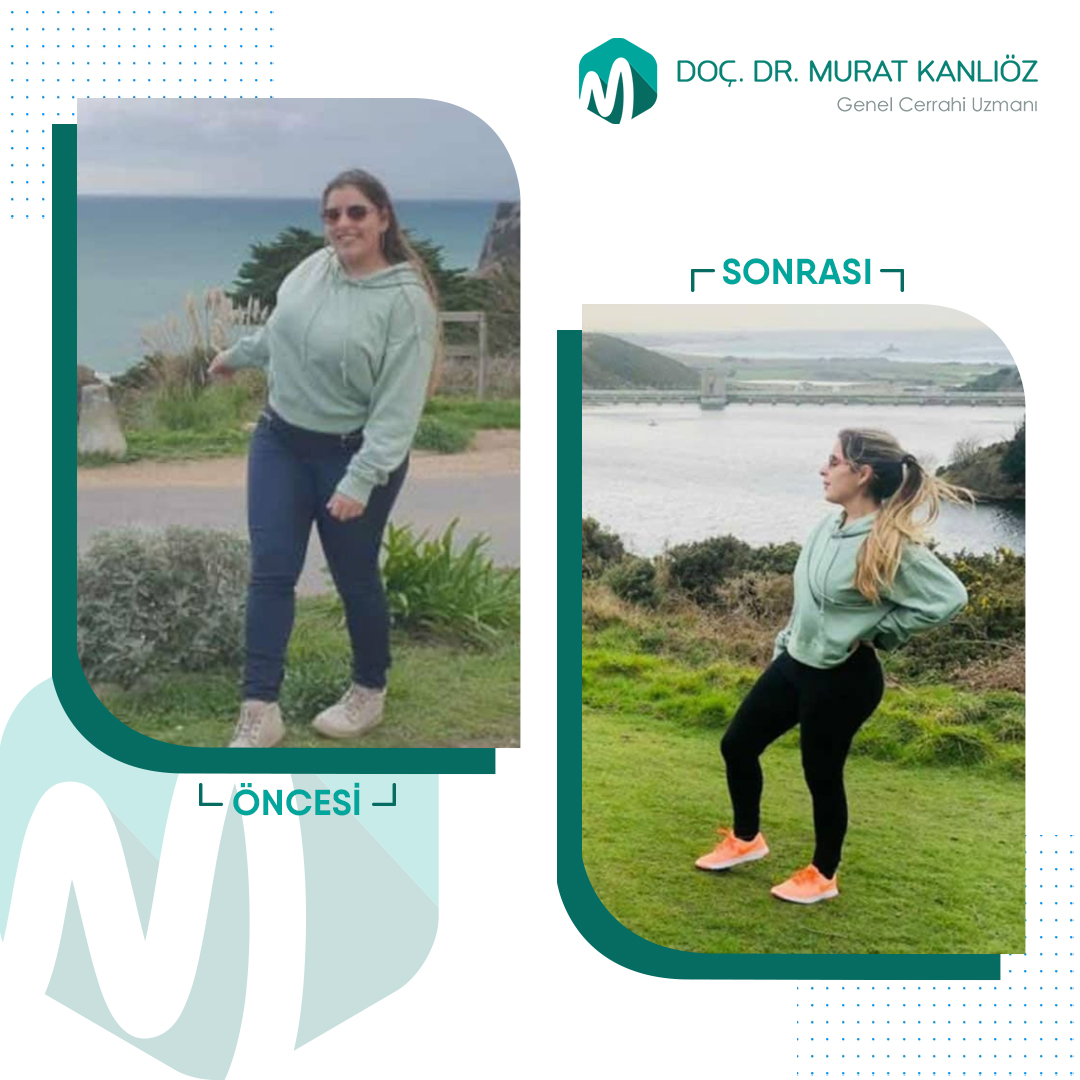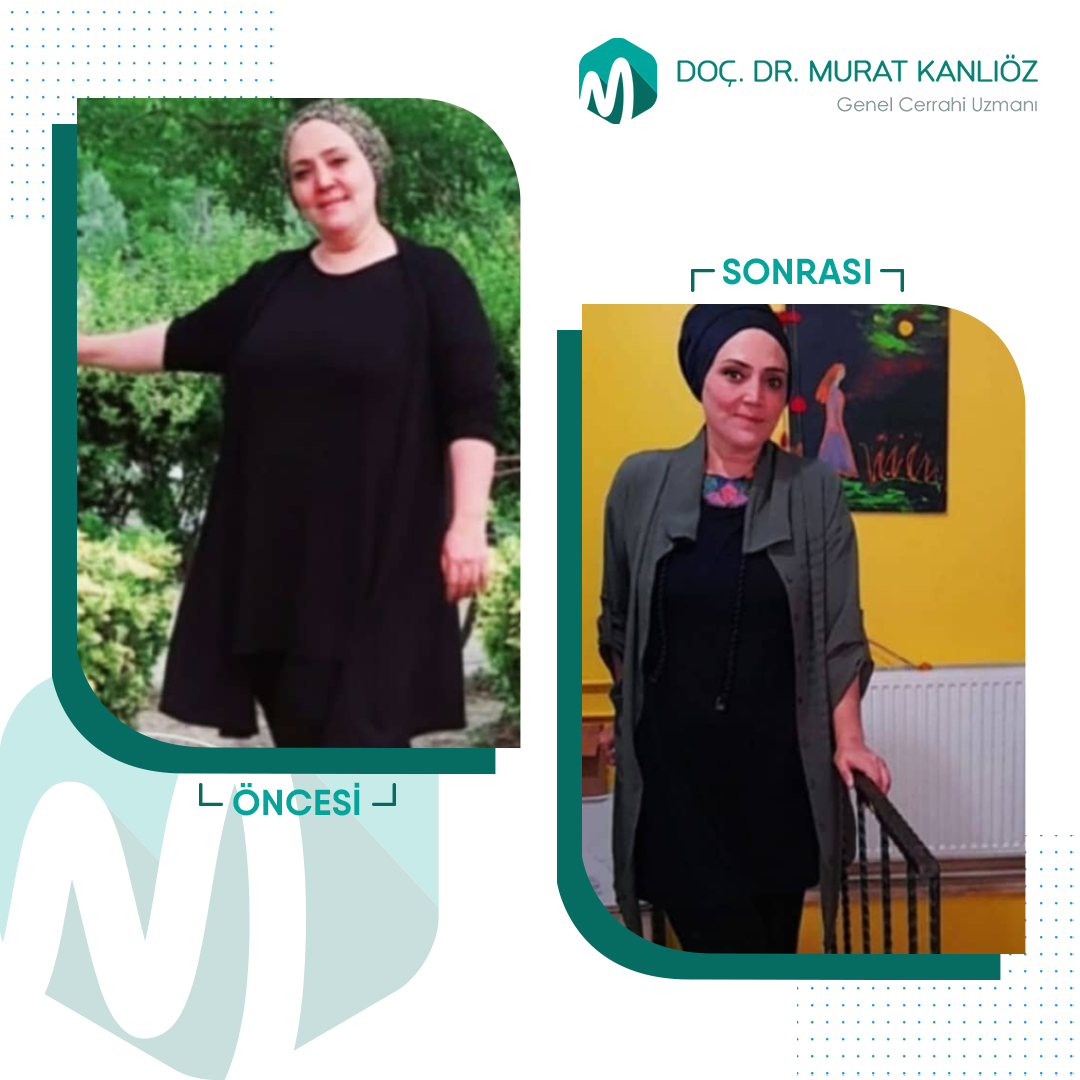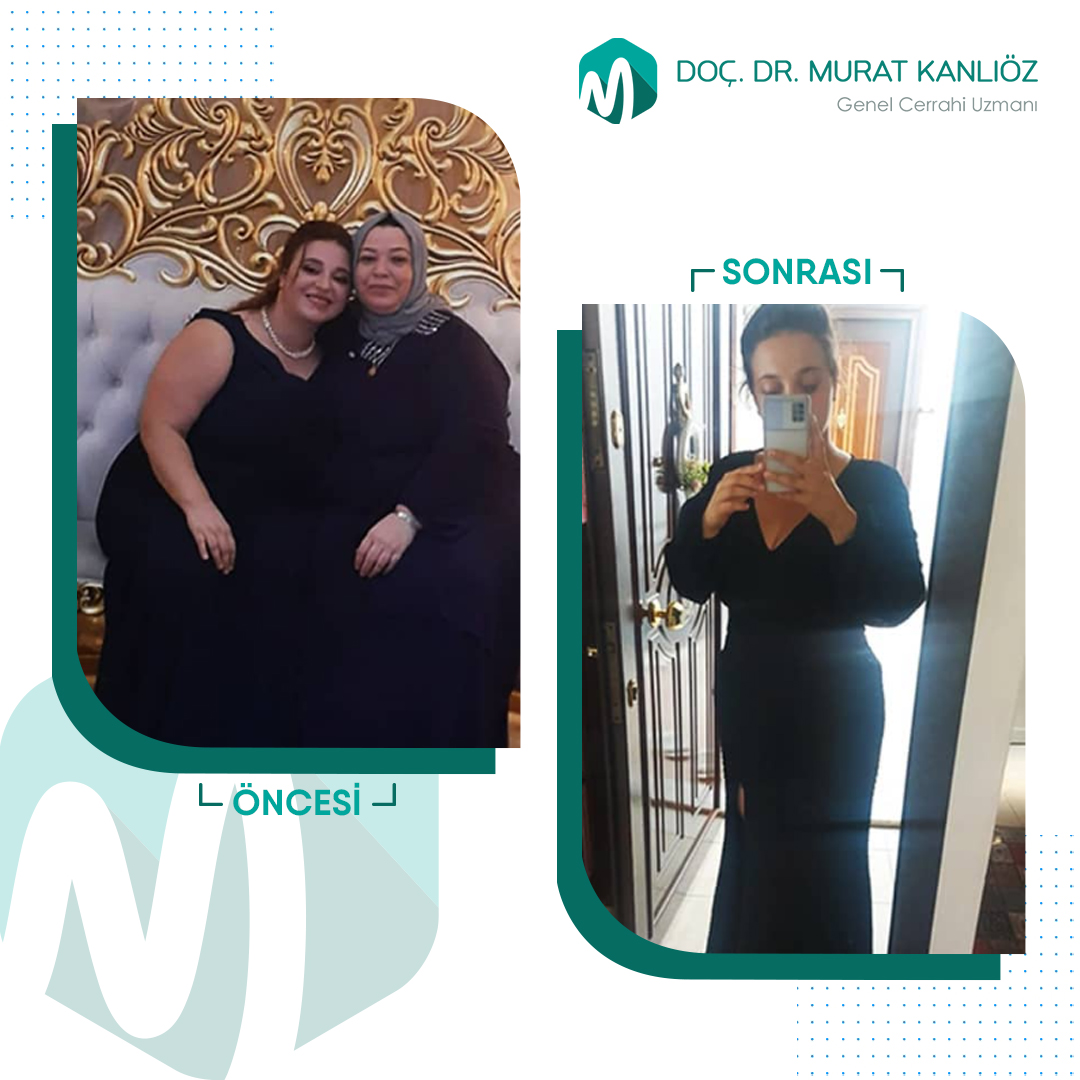
WHAT IS ENDOSCOPIC BARIATRIC THERAPY?
Endoscopic Bariatric Therapies: Endoscopic Bariatric Therapies is the generic name used to describe the slimming methods practiced with endoscopy for those who want to lose their excess weight. In more detail, ENDOSCOPIC BARIATRIC THERAPIES is the term used for all procedures involving examining the pharynx, larynx, esophagus, stomach and duodenum by inserting a flexible, bendable device called endoscopy, which has a light, a camera and three separate canals inside for performing procedures, collecting samples from the sites it reaches by means of the apparatus sent through the canals on it if necessary, involving making injections into the stomach with 150 cm long endoscopic injectors sent through the canals or inflating and placing a gastric balloon sent into the stomach under the supervision of an endoscopic camera.
DURING THE PROCEDURE, WILL I FEEL PAIN OR FEEL WHAT IS GOING ON?
To begin with, NO, you won’t. Because all patients undergo a mild narcosis (sedation) intravenously by and under the control of an anesthesiologist before the procedure. The anesthesia ensures that the patient feels nothing at all and does not feel any pain during the procedure. Since the narcosis is very mild, the patient keeps breathing normally.
HOW LONG DO ENDOSCOPIC BARIATRIC THERAPIES LAST IN TOTAL?
Endoscopic bariatric procedures are completed in a total of 10-15 minutes following the administration of anesthesia. The patient wakes up spontaneously when the procedure is finalized. Upon awakening, the patient is kept under observation in the hospital for about 2 hours and then discharged. The patient can then resume his/her daily life. No hospitalization is required.
HOW IS IT DECIDED WHICH ENDOSCOPIC THERAPY TO BE ADOPTED?
First, the patient is informed of all treatment methods. During this briefing, the patient is informed about the mechanisms of action of the therapy, its suitability for him/her, the efficacy of the therapy, the simplicity of the procedure, and possible complications. Based on this briefing, a preliminary decision is made together with the patient. The reason for making a preliminary decision is that the decisions may require a revision following an endoscopic examination. This is because we can check the functionality of the “valve-like” structure called PYLORUS, located at the gastric outlet, only during endoscopy. All final decisions on which therapy to adopt rely on whether the PYLORUS is functional or not.
WHY DOES THE FUNCTIONALITY OF THE PYLORUS MATTER IN THE TREATMENT OF OBESITY?
The stomach serves as a pre-storage and mechanical, chemical and enzymatic digestion site for food. To ensure proper functioning thereof, the PYLORUS, a kind of “VALVE” system at the gastric outlet, should be functioning properly. The food should typically remain in the stomach for about 2-4 hours. During these 2 to 4 hours, the food is chemically and enzymatically digested and disinfected by the acid and enzymes secreted from the stomach and mechanically digested by the periodic contractions of the stomach muscles. The content of the stomach, which is ready to pass into the small intestine after the digestion of food in the stomach, is called “CHYMUS”. Once the chymus is formed, a stimulus is sent from the stomach to the brain and rhythmically this stomach content is fed into the small intestines every 3-5 minutes, 50-75 cc (half a teacup) at a time, thanks to the opening of the pylorus and contraction of the stomach, thus gradually emptying the stomach and allowing the small intestines to digest and absorb the incoming food without difficulty. PYLORUS is of critical importance for the healthy functioning of this system. We can check the functioning status of the PYLORUS by endoscopy.
Under normal conditions, endoscopic examination does not show any bile content in the stomach. However, the presence of bile content in the stomach suggests an impaired PYLORIC function. If the endoscopic examination shows that the pylorus is completely closed and there is no bile content in the stomach, or if the pylorus closes completely when mild mechanical stimulation is applied around the pylorus with the tip of the endoscopy device, this pyloric structure is called NORMOTONIC PYLORUS (pylorus functioning normally).
However, if endoscopic examination shows that there is bile content in the stomach or if the pylorus closes only partially upon mild mechanical stimulation around the pylorus with the tip of the endoscopy device, it is called HYPOTONIC PYLORUS (a pylorus with poor function), and if it does not close at all despite mechanical stimulation, it is called ATONIC PYLORUS (a non-functioning pylorus).
The prevalence of ATONIC and HYPOTONIC pylorus in the whole population is 10-15%.
Our small intestine is about 8 meters long and has an internal absorption surface area of 16,000-18,000 m2. The vast majority of carbohydrates (sugar, flour, etc.) are absorbed in the first 100 cm of the small intestine after gastric outlet. If you have an ATONIC or HYPOTONIC pylorus, the food you consume passes quickly into the small intestine uncontrolled and without pre-digestion. In this case, the contents of the food, especially carbohydrates, are intensively absorbed and pass into the bloodstream. Unless you have enough INSULIN secretion to control the sugar that passes into the bloodstream, you may experience sudden blood sugar spikes followed by sudden blood sugar drops (approximately 1-2 hours) due to the intense insulin secretion in response to the spikes. Those with HYPOTONIC and ATONIC pylorus also experience a sharp rise in blood sugar, which manifests itself in the form of weakness and drowsiness after food intake. Within 1-2 hours, the sudden drop in blood sugar appears as a “”HUNGER” crisis. Due to these paradoxical spikes and dips in blood sugar, people tend to consume more food than usual. And the excess energy consumed is stored as fat, leading to weight gain. Studies have shown that the prevalence of atonic and hypotonic pylorus in people with a BMI of 20-25 kg/m2 is 5-10%, while this figure rises to 60-65% in people with a BMI over 40 kg/m2.
It is therefore not a good approach to decide on the therapy method to adopt without endoscopically examining the pyloric structure. And therefore, the procedure is decided upon by considering the potential scenarios and looking at the therapeutic alternatives. Because this way, both the examination and the therapy discussed and mutually agreed upon can be performed in a single session.
WHERE ARE ENDOSCOPIC BARIATRIC PROCEDURES PERFORMED?
All procedures in this group are performed in the hospital, in the standard endoscopy ward.
DOES ENDOSCOPIC PROCEDURES REQUIRE ANY PRELIMINARY PREPARATION AND ANY SPECIFIC RULES TO BE FOLLOWED BEFORE THE PROCEDURE?
Oral intake of any food (including water and medication) is stopped 12 hours before the procedure. This is required to visualize the stomach in the cleanest possible state before the procedure, to perform a more effective procedure and to prevent any adverse reactions that may arise from the stomach contents escaping into the trachea during the procedure. If the patient is on any blood thinners (aspirin, coraspin, warfarin, coumadin, etc.), he/she should stop taking these medications at least 5 days before the procedure.
WHAT ADVANTAGES DOES AN ENDOSCOPIC THERAPY OFFER?
- Easier to administer for the patient
- More affordable than surgical methods
- Requires no hospitalization
- The patient can resume his/her daily life on the same day
- Causes no loss of labor
- Poses very little risk of complications
- Is a reversible procedure
- Causes no organ loss
- Excludes the risks involved in the surgical procedure
- Achieves an effect similar to that of surgical treatment in compliant patients
WHAT DISADVANTAGES DOES AN ENDOSCOPIC THERAPY OFFER?
- Poses as little risk as the risks involved in performing an endoscopy
- 10-15% of patients may suffer from nausea up to 24-36 hours after the procedure due to balloon placement
- May have limited effect in non-compliant patients and patients without dietary control
- May be less effective than surgical methods
WHAT ARE THE ENDOSCOPIC THERAPY METHODS?
- “Botulinum Toxin A” injection in the stomach
- Balloon Placement in the Stomach
a- Standard Gastric Balloon
b- Swallowable Gastric Balloon
- KANLIOZ TECHNIQUE (“Botulinum Toxin A” Injection + Balloon Placement in the Stomach)
- PYLORIC REVISION
Please contact us to get more detailed information about endoscopic treatments and flora transplantation for obesity. You can reach us via E-mail or Whatsapp.
Before & After
